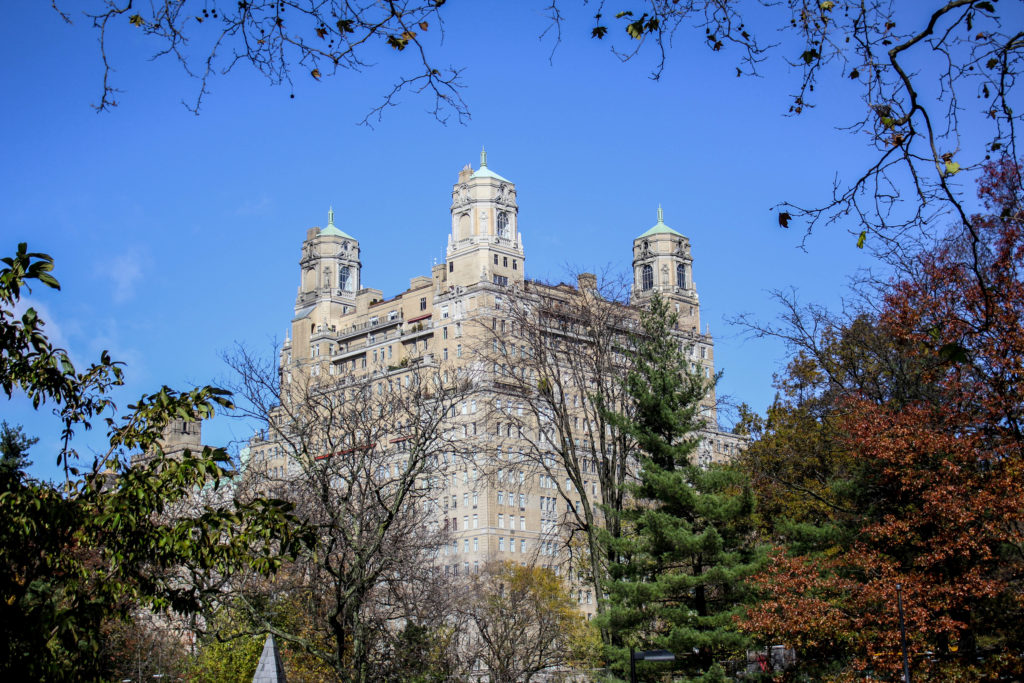Building on Jewish History – Emery Roth

Stand on the East side of the Jackie Onassis Reservoir in Central Park and look across the water. The skyline is dominated by buildings designed by Emery Roth, many of which have been designated New York Historical landmarks.
Born to a Jewish family in Hungary in 1871, Roth immigrated alone to the United States when he was 13. He began his architectural training working as a draftsman for Burnham & Root, where he designed a booth for the World’s Columbian Exposition in Chicago in 1893.
Roth designed numerous synagogues and the First Hungarian Reformed Church in New York City. However, his fame lies in his residential buildings. One of his first notable works in New York City was the Ritz Tower on the Upper East Side. Built in 1925, it was the tallest residential building in New York.
Roth was a master at using building codes that other architects might find restrictive to his advantage. The Ritz Tower achieved its height because he eliminated individual kitchens in apartments, thus not being subject to height restrictions applied to normal apartment buildings. He utilized building code mandates for setbacks to include terracing and balconies and grouped apartments around a central foyer instead of stringing them out in a line, thus saving space.
His foremost innovation was the twin towers seen on his later buildings. The first version of the towers were small, made to hide water towers. However he later enlarged them to include apartments. The twin towers, first seen on the San Remo (completed 1930), became a signature of Roth’s, appearing in the El Dorado and the Normandy and can be seen in a modern rendition in the architecture of the Time Warner Center in Columbus Circle.
- Aspen Scafa, Center for Jewish History intern. Aspen is a senior at The King’s College majoring in Religious and Theological Studies with a History Minor




